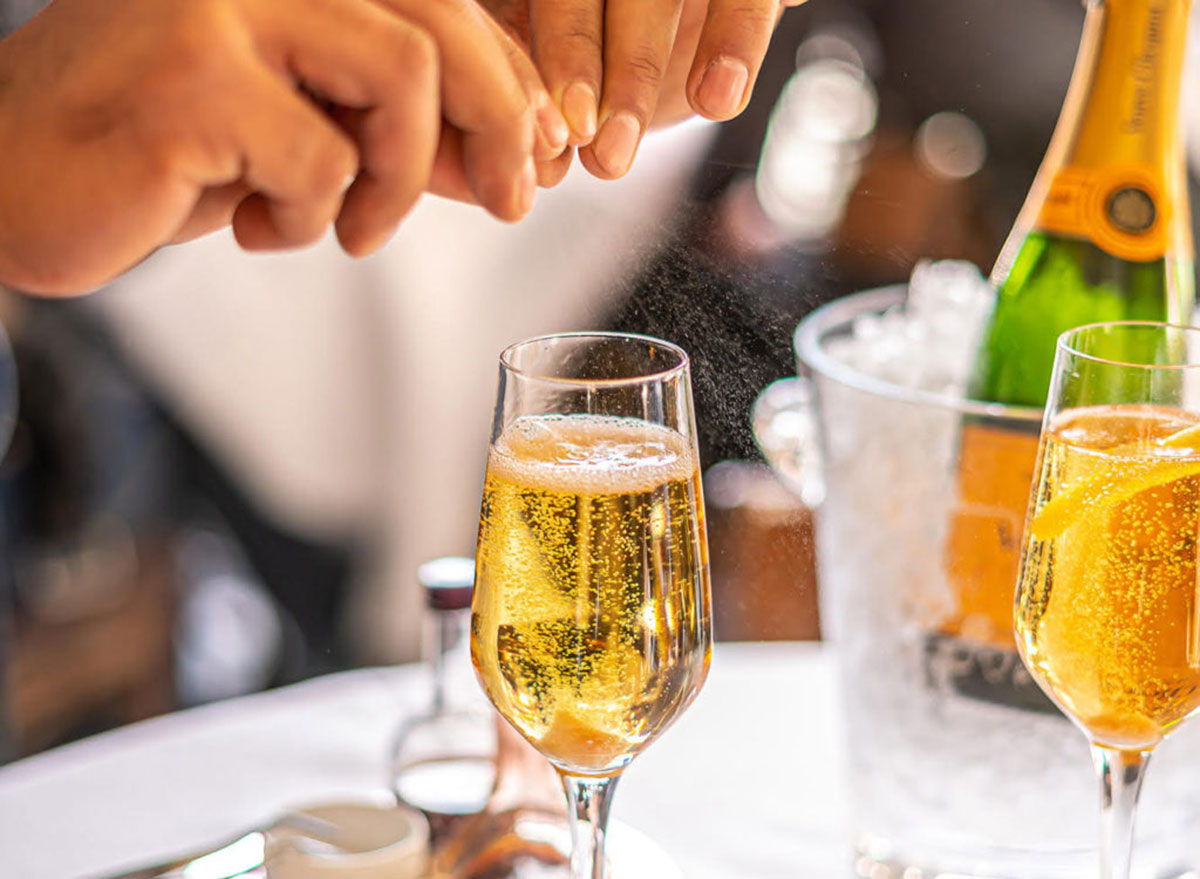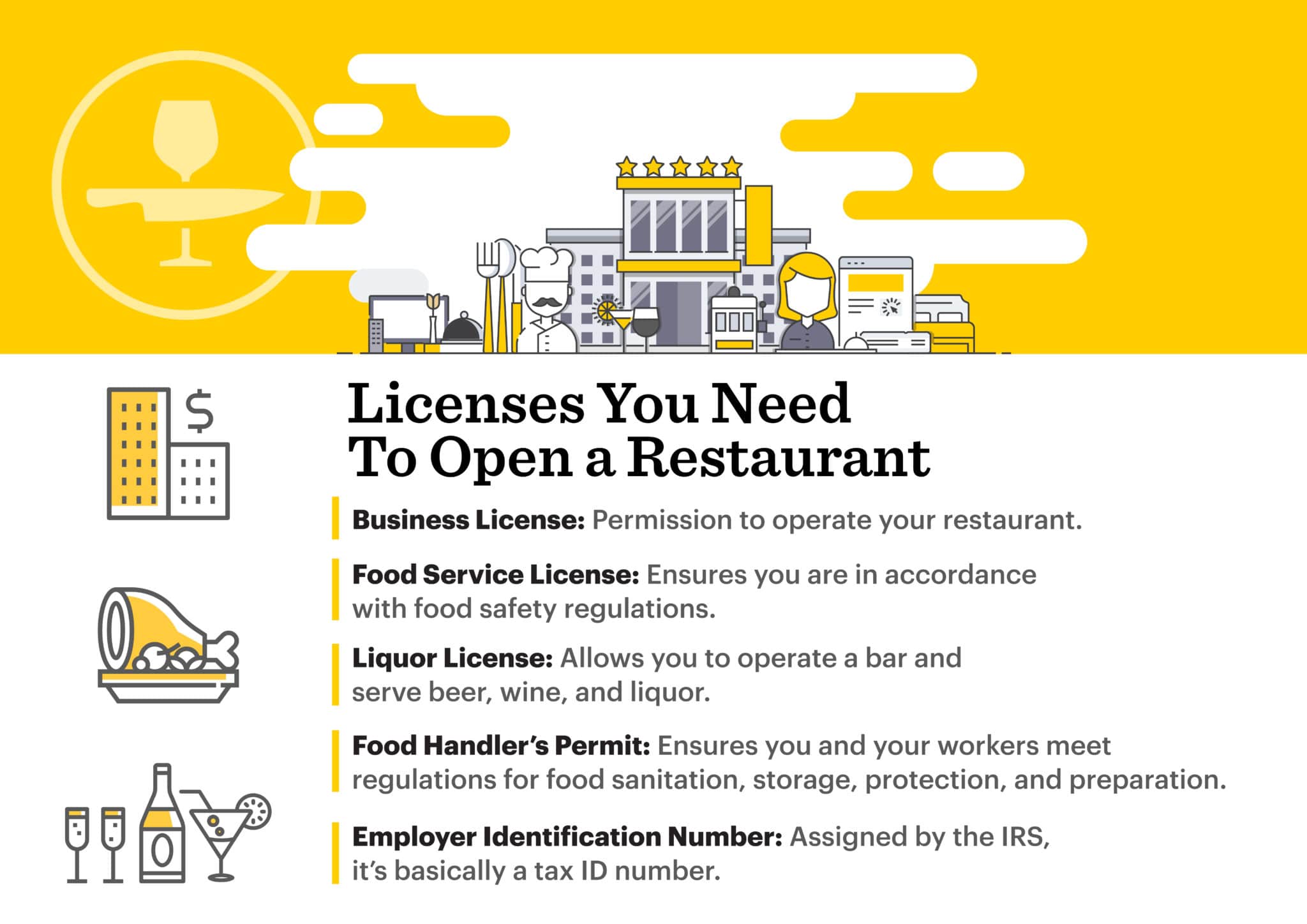
When you're thinking about becoming a bartender in Michigan, you may be wondering what it takes to get a license. Understanding the Michigan laws regarding alcohol sales is a must. These laws also include the rules regarding sales refusals. Knowing these laws will help you make the best decision for your business.
Michigan bartending license cost
There are many things you should consider if you want to begin your career in Michigan as a bartender. The first is the cost of a bartending permit, which costs around $400. Online courses cost about $50 and can help you save money. It all depends on the needs of your community.

Michigan barstenders must be at least 21 to work. This age is generally lower than that required in most states to serve alcohol. It is also frowned on to drink at work as it can lead to termination of your job. But bartending is an exception to the rule. Bartenders are encouraged to drink while on the job by some employers.
Michigan's liquor laws have implications for bartenders
Michigan bartenders must comply with a number of licensing requirements. The license to drink alcohol is one of the most important. Michigan has strict laws about the sale of alcohol. The state's liquor laws have been in place since Prohibition, but new legislation has helped alleviate many of these restrictions.
Besides the license, bartenders must be trained on alcohol laws. Michigan state law requires bartenders to "cut off" customers who appear to be excessively drunk. Sometimes, this can mean that someone is sent to jail. While these laws can seem confusing, it is worth knowing.
Bartenders are covered by liquor liability insurance
Liquor liability insurance is essential if you are a bartender. It will protect against financial damage from underage drinking. Additionally, it will cover your legal costs and cover any settlements resulting from alcohol-related accidents.

In addition to obtaining a liquor liability insurance policy for bartenders, you must also maintain commercial general liability insurance. There are many liquor liability statutes that vary from one state to the next. While some states don't impose liability on social hosts or limit liability to injuries that happen on their property, others do. Many states also have laws concerning the supply of alcohol to minors.
FAQ
What are the most popular drinks that a bartender should know about?
A bartender's most important skill is the ability to make perfect cocktails. Mixing ingredients together is not enough. You must know what each ingredient does for you and why you choose it over another. A great bartender knows all of this and uses his/her knowledge to create an amazing drink.
What are some good mixed drinks you can order at a bar.
I would recommend the Old Fashioned. This is a classic cocktail made with bourbon whiskey.
This name derives from the fact that the original recipe was made without ice. Original recipe used whiskey, sugar, bitters, and other ingredients.
People added ice to the mix and then they added "Old-Fashioned", because they thought it tasted better.
You could also try a Manhattan. Another great option is the Manhattan. This is essentially a variant on the Old Fashioned. Instead of using bourbon you use rye whisky. Instead of sugar, you use sweet Vermouth.
This is a popular option for bartenders due to its simplicity and delicious taste.
What drinks can beginners order at a Bar?
Ordering beer is the best way for you to get started drinking. If you're not sure which beer you should order, ask the bartender.
A dry white wine is the best choice if you are looking to enjoy wine. If you prefer reds, try a light-bodied Pinot Noir or Merlot. Cocktails can be made with martinis or margaritas.
Remember, if you don't know what to order, just say, "I'm starting off small," and the bartender should be happy to help.
Statistics
- According to a post on Quora, the average bartender can make upward of 140 drinks per hour. (gloworder.com)
- its content makes it 10.5%, which is far less than wine. (breakingtheboredom.com)
- The tequila should be 100 percent agave, not the cheaper “mixto” products, which blend a minimum of 51 percent agave with other sugars. (cooking.nytimes.com)
- It is customary to leave a tip of 10-20% of the bill total. (boguesounddistillery.com)
External Links
How To
Favorite Drinks: For Beginners
Favorite drinks to start with
A beginner is someone who is still learning to drink alcohol. A beginner usually drinks one beer at once, while they watch television or play video games. A beginner is not experienced in drinking alcohol.
To be a good drinker, you must first learn what you don't like. Try different types of alcoholic drinks. You should try different brands and flavor. If you love a particular flavor, you can purchase it again until you discover your favorite. Once you've found what you love, you can start to experiment with different types of alcoholic beverages.
To be a good shopper, you need to understand the difference between non-alcoholic drinks and alcoholic beverages. Alcoholic beverages contain alcohol. Non-alcoholic beverages don't contain alcohol. Beer contains alcohol. Wine also contains alcohol. Whiskey contains alcohol. Vodka has alcohol. Gin contains alcohol. Rum contains alcohol. Tequila contains alcohol. Brandy has alcohol. Bourbon whiskey contains alcohol. Scotch whisky is a form of alcohol. Whisky is a form of alcohol. Cognac also contains alcohol. Champagne contains alcohol.
If you're pregnant, it is important to avoid alcohol. Drinking alcohol during pregnancy could cause birth defects. It can also lead to miscarriage.
It's addictive. Alcohol can make you drunk. Drinking too much alcohol can lead to foolishness and mistakes. If you drink too often, you might develop a problem called alcoholism.
There are many methods to enjoy alcoholic beverages. Some people prefer to drink alone. Some people prefer having friends around them. Others prefer to be with their family. There is no wrong or right way to drink.
Moderation is the key to alcohol consumption. Moderation refers to having one drink per week. One drink is 1/2 ounce (14gms) of pure liquor. For example, if you drink 2 beers, you've had 3/4 of an ounce (28 grams) of pure alcohol, which is enough to make you feel tipsy.
To summarize, I believe that learning about alcohol is essential if you are to become a great drinker. You should then try different types of alcohol to find the ones that you enjoy. You should then practice moderation.